More than 100 picture houses have closed across Greater Manchester since the 1930s — MM pays tribute to five of Manchester’s best-loved lost cinemas.
Going to the pictures was once the UK’s favourite leisure activity, with cinema-going peaking at 1.64 billion admissions in 1946.
From the 1920s onwards, local picture houses made Manchester a haven for film-lovers.
During Hollywood’s golden age, almost every community across Greater Manchester had its own neighbourhood cinema.
UK cinema attendance fell from 1.6 billion in 1946 to 1.2 billion in 1955 and then to 327 million in 1965.
After the 1970s, the growth of TV ownership, VHS and video rental posed a serious threat to the cinema industry, leading to the closure of thousands of cinemas across the UK.
Cinema admissions declined to an all-time low of just 54 million in 1984.
From a post-war total of 4,700 cinemas in the UK, numbers fell to 3,050 by 1960 and 1,971 by 1965.
By 2020 there were just 843 working cinemas in the UK — and over 100 Manchester cinemas had been closed for good.
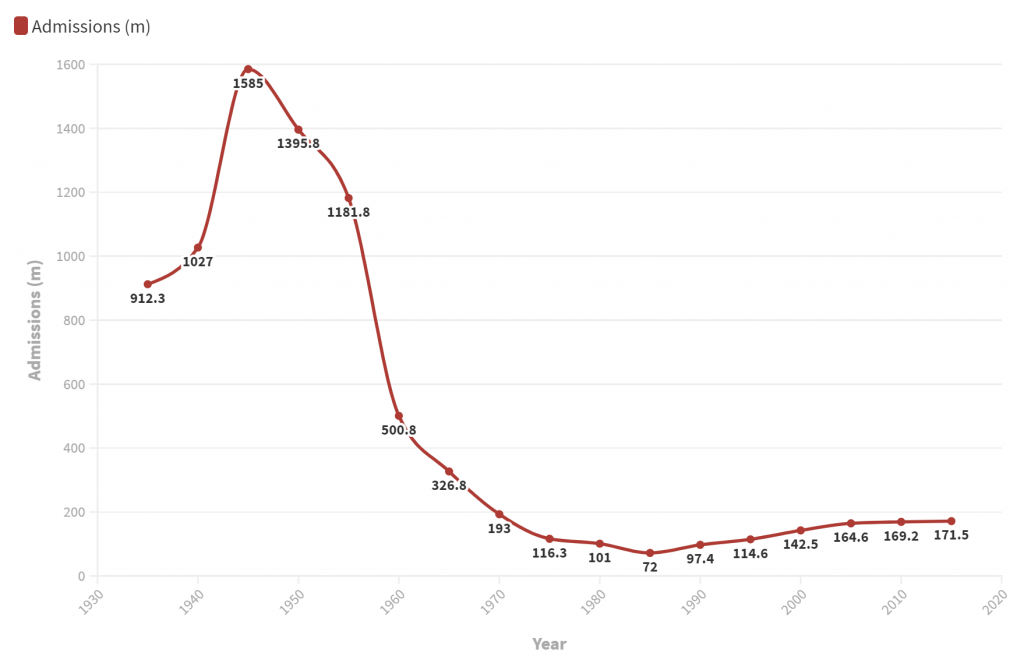
Five of Manchester’s best-loved lost cinemas:
Odeon, Oxford Street
Opened 1930 | Closed 2004 | Demolished 2017
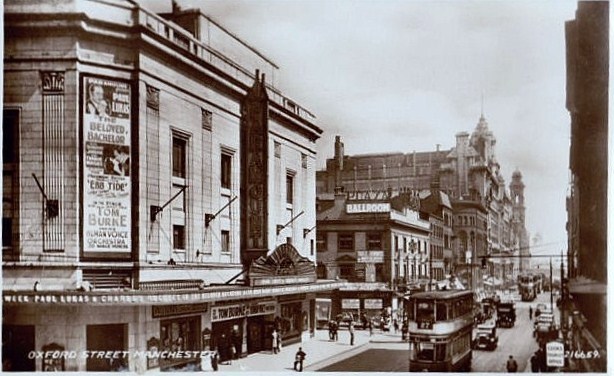
Manchester’s leisure sector was focused around the Oxford Street—Peter Street axis from as early as 1850, with numerous concert halls and elegant theatres for locals and visitors to choose from.
The twentieth century saw the addition of several cinemas to this central entertainment district, which soon became known as the city’s prestige cinema strip.
These included the Gaumont, the Paramount (later Odeon), the Oxford and Scala.
The Paramount was constructed in 1930 and was the first UK cinema to bear the Paramount name.
This single-screen cinema was capable of seating almost 3,000 people on two levels (the Stalls and the Balcony) and had a large rounded ceiling featuring an illustration of the sky.
It was purchased by Odeon Theatres Ltd in 1939 and was renamed as the Odeon in 1940.
The cinema expanded over the years, receiving a second screen in 1973 and becoming a triplex in 1979.
Four more screens were added in 1992, but the cinema was already facing serious competition from the huge Great Northern Warehouse in Deansgate, which was earmarked for development as a multiplex cinema.
Oxford Street Odeon closed in 2004.
Despite being considered for listed status protection as early as 1999, it was demolished in 2017.
The landmark art deco building was beloved by Mancunians for almost 90 years and was the last surviving Manchester picture house, outliving The Gaumont, Piccadilly Picture House, Deansgate Picture House, The Grosvenor, The New Oxford and more.
The cinema was replaced with a 14-storey office block.
The Gaumont, Oxford Street
Opened 1935 | Closed 1974 | Demolished 1990
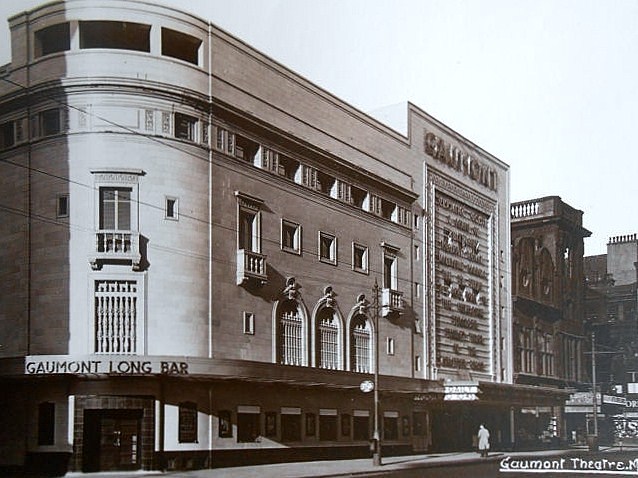
The Gaumont opened in 1935 with 1,300 seats in the stalls and 1,000 in the circle.
The interior was designed by celebrated Russian theatre set designer Theodore Komisarjevsky and featured a sweeping mirror-lined foyer and a grand staircase.
The entrance to the cinema was dominated by one of the largest neon displays in the city — the Gaumont name alone was over four feet high.
A restaurant and 60-foot-long bar were found in the basement.
The cinema was hugely successful right through until the 1960s, when it would screen long seasons of top films like South Pacific (two years and two months) and The Sound of Music (two years and six months).
The Gaumont closed in 1974 and was briefly converted into a nightclub before the building was boarded up for good.
It was demolished in 1990.
The site is now home to a multi-storey car park.
Cine City, Withington
Opened 1912 | Closed 2001 | Demolished 2008
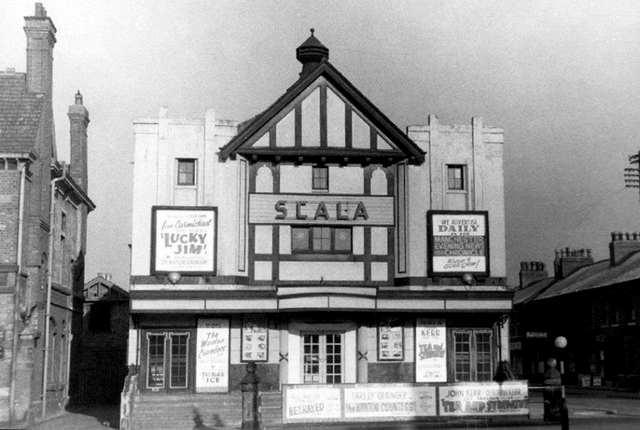
Cine City opened as The Scala Electric Palace in 1912, making it the UK’s third purpose-built cinema.
When the popularity of picture houses was at its peak in the 1930s, The Scala was one of 109 cinemas in Manchester.
The cinema escaped with only minor damage in the Second World War when a bomb hit the road outside in 1940.
The Scala was renamed Cine City in the 1970s and its single-screen auditorium was divided into three screens.
A young Mark Kermode visited Cine City early in his career.
In his book, The Good, the Bad and the Multiplex, he reminisces about seeing Jaws 3D there.
Cine City closed in 2001 due to competition from a new multiplex cinema nearby.
On its closure, it was the UK’s third longest-running cinema.
It was demolished in 2008 but its stone pillars remain.
The site is now used for housing.
The Grosvenor, Grosvenor Street
Opened 1915 | Closed 1968 | Grade II Listed Building
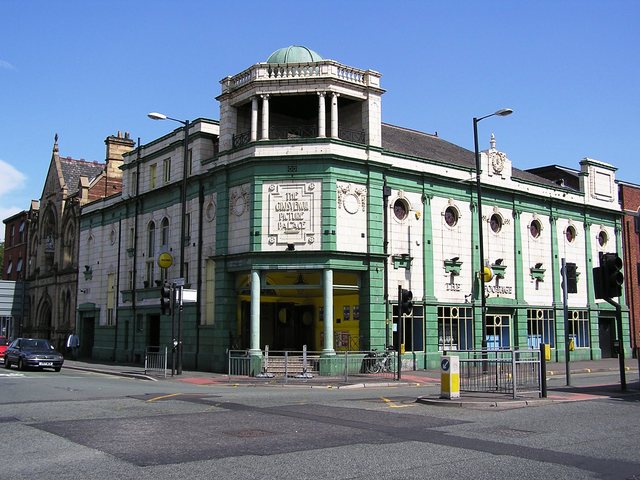
One of a number of Manchester’s lost cinemas to be given listed status, The Grosvenor is now a pub on the corner of Grosvenor Street and Oxford Road.
It was the largest cinema outside London when it opened in 1915.
Architect Percy Hothersall designed the building.
Hothersall went on to design Manchester’s first super-cinema, The Piccadilly, off Piccadilly Gardens in 1922.
The Grosvenor had an audience capacity of 1,000 and a popular billiard hall in the basement from the 1930s.
The building was granted Grade II listed status by English Heritage in 1974.
Cannon, Deansgate
Opened 1914 | Closed 1990 | Converted
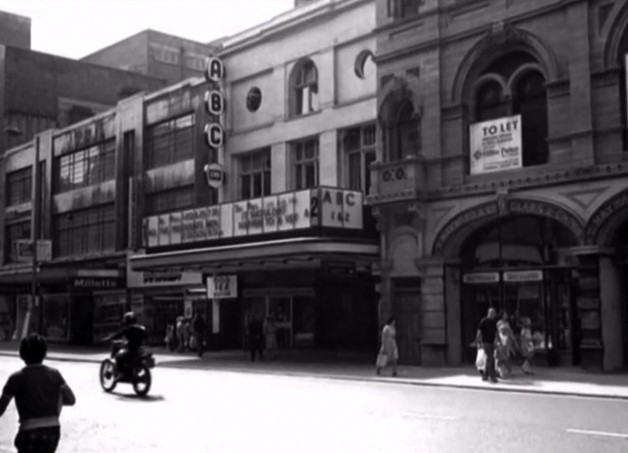
Cannon Deansgate opened as Deansgate Picture House in 1914.
The picture house was one of Manchester City Centre’s most popular cinemas in the 1930s.
Originally a single-screen cinema, the café was converted into a second screen in 1971, leaving the original auditorium untouched.
After extensive modernisation by Associated British Cinemas (ABC) in 1960, the cinema could seat 450 in the stalls and 250 in the balcony, which was decorated with star-shaped lights.
ABC was bought by Cannon in 1986.
In 1990, both screens closed and the building was boarded up.
It was opened as a pub in 1995 and retains many of the original cinema features.
You might have unknowingly had a drink in the home of this former cinema if you’ve ever been to The Moon Under Water, a JD Wetherspoon pub in the city centre.
Featured image: Samuel Regan-Asante on Unsplash.
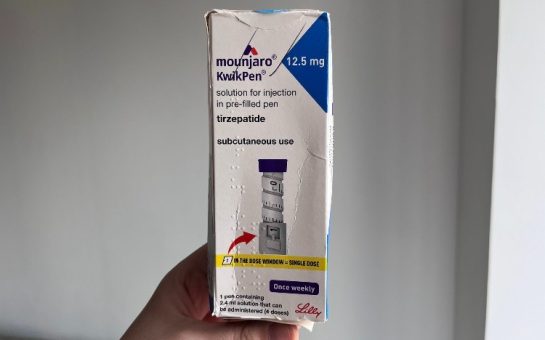



Join the discussion
[…] Many Thanks To The following Website For This Valuable Content. Manchester’s lost cinemas – Mancunian Matters […]